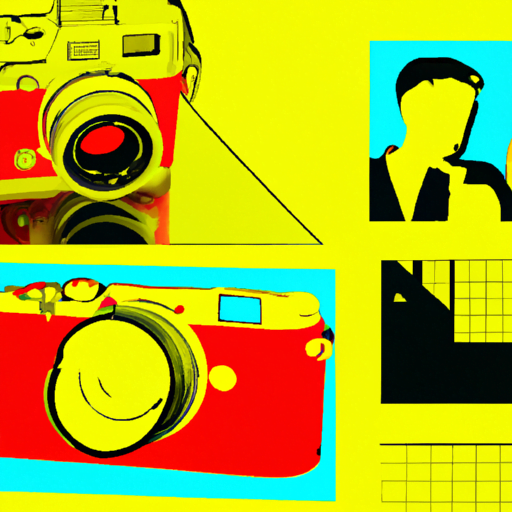
-
Table of Contents
- Interactive Print Design: Merging Analog and Digital Experiences
- What is Interactive Print Design?
- The Benefits of Interactive Print Design
- Successful Examples of Interactive Print Design
- 1. IKEA Catalog with Augmented Reality
- 2. National Geographic’s Interactive Magazine
- 3. Coca-Cola’s Personalized Packaging
- Statistics on the Effectiveness of Interactive Print Design
- Conclusion
Interactive Print Design: Merging Analog and Digital Experiences

In today’s digital age, where technology dominates our lives, it’s easy to assume that print is becoming obsolete. However, the reality is quite the opposite. Print design continues to thrive, and with the advent of interactive print design, it has found a way to merge analog and digital experiences seamlessly. This article explores the concept of interactive print design, its benefits, and provides examples of successful implementations.
What is Interactive Print Design?
Interactive print design refers to the integration of digital elements into traditional print media. It combines the tactile and visual appeal of print with the interactive and dynamic nature of digital technology. By incorporating elements such as QR codes, augmented reality (AR), near-field communication (NFC), and interactive graphics, print materials can now offer a multi-dimensional and engaging experience to the audience.
The Benefits of Interactive Print Design
1. Enhanced User Engagement: Interactive print design captivates the audience by providing an immersive experience. It encourages active participation and interaction, making the content more memorable and impactful.
2. Bridging the Gap Between Analog and Digital: Interactive print design allows for a seamless transition between the physical and digital worlds. It enables users to access additional information, videos, or interactive features by simply scanning a QR code or using their smartphones.
3. Increased Brand Awareness: By incorporating interactive elements into print materials, brands can create a lasting impression on their audience. It helps to differentiate them from competitors and positions them as innovative and forward-thinking.
Successful Examples of Interactive Print Design
1. IKEA Catalog with Augmented Reality
IKEA, the Swedish furniture giant, revolutionized its catalog by incorporating augmented reality. Users could scan the catalog pages using the IKEA app, and virtual furniture would appear on their screens, allowing them to visualize how the products would look in their homes. This interactive experience not only increased user engagement but also simplified the purchasing decision-making process.
2. National Geographic’s Interactive Magazine
National Geographic introduced an interactive magazine that combined stunning print photography with digital content. By scanning specific images using their smartphones, readers could access additional videos, behind-the-scenes footage, and interactive maps. This integration of print and digital elements enhanced the storytelling experience and provided readers with a deeper understanding of the featured topics.
3. Coca-Cola’s Personalized Packaging
Coca-Cola launched a campaign that allowed customers to personalize their Coke bottles with their names. By using digital printing technology, each bottle had a unique label. Customers could also scan the QR code on the bottle to access personalized messages and videos. This interactive packaging not only created a sense of personal connection but also generated significant social media buzz.
Statistics on the Effectiveness of Interactive Print Design
The success of interactive print design can be measured through various statistics and case studies:
- A study by the Direct Marketing Association found that direct mail with interactive elements had a response rate of 4.4%, compared to 2.5% for traditional direct mail.
- In a survey conducted by Print in the Mix, 84% of respondents said that interactive print increased their understanding of the product or service being advertised.
- According to a study by the Interactive Advertising Bureau, 63% of consumers said they would be more likely to make a purchase from a brand that offers an interactive print experience.
Conclusion
Interactive print design is a powerful tool that merges the best of both analog and digital experiences. It enhances user engagement, bridges the gap between physical and digital worlds, and increases brand awareness. Successful examples such as IKEA, National Geographic, and Coca-Cola demonstrate the effectiveness of interactive print design in captivating audiences and delivering memorable experiences.
As technology continues to evolve, interactive print design will likely become even more prevalent. Brands and marketers should embrace this innovative approach to create impactful and immersive experiences that resonate with their target audience.
